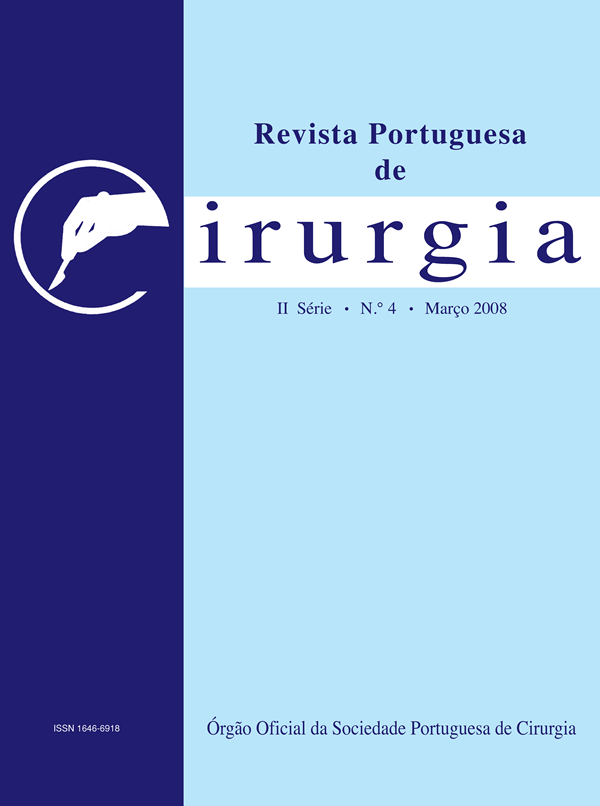Physiologie de l’absorption alimentaire: diversion biliopancréatique. Mise à jour à propos de 3000 interventions
Abstract
A propos of a series of 3,000 procedures, 162 of which were performed laparoscopically, the author presents the advantages and drawbacks of biliopancreatic bypass (DBP). DBP allows an over 70% initial excess weight loss, both in obese and superobese patients ; the weight loss remains constant and above all it is long lasting (25 years). In fact, DBP has a favourable effect on glucose metabolism, with 98% of cases of diabetes cured at 10 years ; it lowers serum cholesterol lastingly and increases HDL cholesterol. DBP also regulates blood pressure in 80% of cases at 10 years. DBP could represent the most powerful treatment against hyperlipidemia and type II diabetes mellitus. Anaemia, bone demineralisation, gastric ulcer and peripheral neuropathy are easily controlled ; the major problem is that of protein malnutrition (MP) both in its early episodic form and recurring form. In "ad hoc DBP " the author tailors the procedure to patient characteristics, namely gastric volume and length of feeding loop. In his last 300 operated patients, his results at 10 years are 1% of recurring MP leading to 1% reoperations, with a 71% permanent loss of initial excess weight.
KEYWORDS: Obesity, Biliopancreatic bypass (DBP), Metabolic syndrome, Type II diabetes, Hyperlipidemia
Downloads
Downloads
Published
Issue
Section
License
Para permitir ao editor a disseminação do trabalho do(s) autor(es) na sua máxima extensão, o(s) autor(es) deverá(ão) assinar uma Declaração de Cedência dos Direitos de Propriedade (Copyright). O acordo de transferência, (Transfer Agreement), transfere a propriedade do artigo do(s) autor(es) para a Sociedade Portuguesa de Cirurgia.
Se o artigo contiver extractos (incluindo ilustrações) de, ou for baseado no todo ou em parte em outros trabalhos com copyright (incluindo, para evitar dúvidas, material de fontes online ou de intranet), o(s) autor(es) tem(êm) de obter, dos proprietários dos respectivos copyrights, autorização escrita para reprodução desses extractos do(s) artigo(s) em todos os territórios e edições e em todos os meios de expressão e línguas. Todas os formulários de autorização devem ser fornecidos aos editores quando da entrega do artigo.



